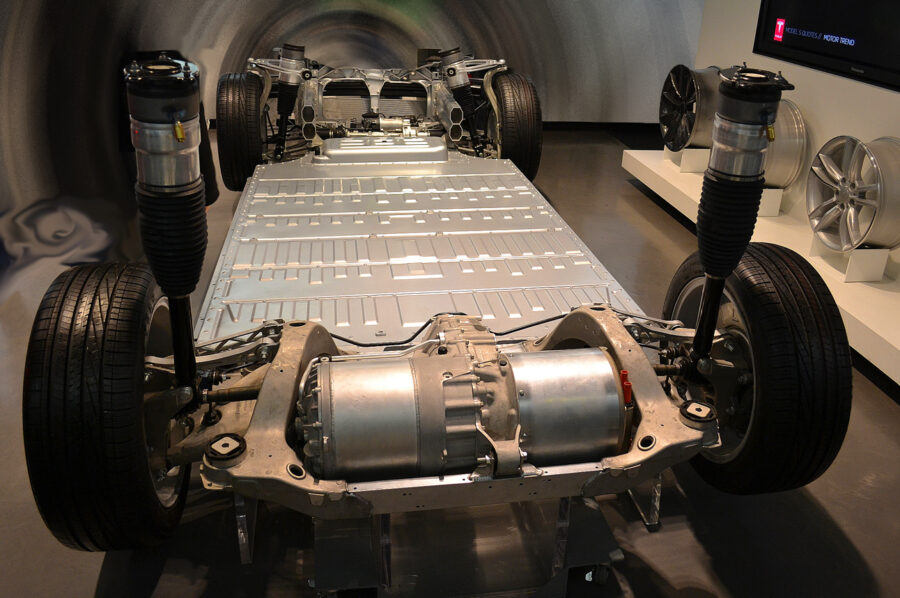Last time, we explored “self-charging hybrids“.
Today I present an overview of the four most common ways of powering a car in 2020 – little disclaimer there since this almost certianly won’t be the case in 2030!
1) ICE – Internal combustion engine car ⛽
This car is 100% powered by fossil fuels, i.e. fuels up with petrol or diesel to burn in the “combustion chamber” (engine).
ICE cars get a around 30-55mpg (miles per gallon) in combined (urban and rural) driving conditions.
2) Mild hybrid – what Toyota and Lexus like to call “self-charging” ⛽
These are also 100% powered by fossil fuels.
When braking, some energy is recovered from the spinning wheels which feeds a small battery – similar to how a 12-volt battery is charged. The car can then drive a limited distance on this charge. Any physicist will tell you “self-charging” isn’t possible, the energy comes from somewhere – in this case it’s from the petrol that was burnt.
Mild hybrid cars get a around 35-60mpg on average.
3) PHEV– Plug-in hybrid electric vehicle ⛽🔋
These cars can drive a short distance (10-25 miles) on electricity alone. They can be plugged in to charge like an electric car or filled up with petrol and driven like an ICE car.
They have regenerative breaking to recover energy back into the battery. So once they use up their charge, they are effectivly a mild hybrid.
The disadvantage of PHEVs is they are less efficient than EVs in electric mode and less efficient than an ICE cars in petrol mode, since they are carrying the weight of an engine and fuel tank, as well as a motor and a battery.
Plug-in hybrids get a around 50-75mpg on average.
4) EV or BEV – Battery electric vehicle 🔋
These cars are 100% powered by electricity. That energy could come from the UK grid (currently still 30% fossil fuel powered) or it could come from renewables – such as charging solar panels on your roof.

Many electric cars have one-pedal driving, recovering energy back into the battery, right until the car stops – the most efficient way of slowing down.
Electric vehicles can achive over 175mpge (miles per gallon electric)!
Here’s another article from the series explaining why electric cars are so efficient. 🙂



